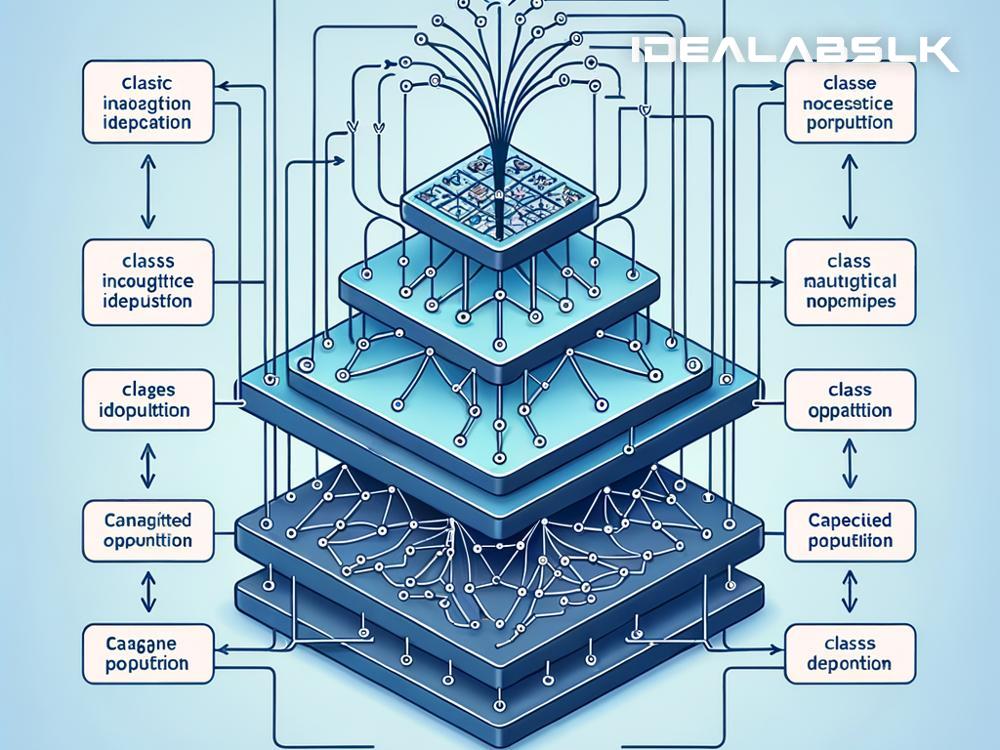Decoding the Magic: How Neural Networks Power Image Recognition
Imagine flipping through an old photo album and recognizing friends, family, and memorable moments at just a glance. Our brains process thousands of features within fractions of a second to make sense of what we see. But how do computers achieve this wizardry? Enter the fascinating world of neural networks, the brain behind modern image classification technology. Let's demystify this complex technology and understand how it mirrors our brain's function to recognize images.
What is a Neural Network?
The term "neural network" might sound like something straight out of a science fiction novel, yet it's a technology that permeates our daily lives. Inspired by the structure and function of the human brain, a neural network in the context of artificial intelligence (AI) is a computer system designed to recognize patterns. It learns from vast amounts of data, making sense of the digital world in a way that's reminiscent of human cognition.
The Building Blocks of Image Recognition
Picture a neural network as a bustling city, with each neighborhood (layer of the network) handling different aspects of what makes an image. The first stop might be recognizing basic shapes like edges and curves, much like identifying the outline of buildings. Deeper into the city, other neighborhoods notice complex features: textures, colors, or the way light plays on surfaces.
These neighborhoods are made up of artificial neurons — tiny units of computation that mimic the neurons in our brains. When an image is fed into a neural network, it travels through layers of these neurons. Each layer extracts and passes on information, gradually building a detailed understanding of the image.
Training: Teaching a Network to See
The magic of image classification begins with training. Like teaching a child to differentiate between cats and dogs by showing them examples, neural networks learn from datasets containing millions of images. Each image comes tagged with labels (like "cat" or "dog"), helping the network understand what it's looking at.
During training, the network makes predictions about what it sees. It might, at first, mistake a dog for a cat. But thanks to a process called backpropagation, it learns from these mistakes. The network adjusts its internal parameters, striving for more accuracy. Imagine our child receiving gentle corrections, gradually refining their ability to distinguish between pets.
This process iterates thousands or even millions of times, with the neural network improving each round. It tunes its neurons to recognize patterns associated with specific labels, enhancing its ability to classify images accurately.
Layers Deep: From Brightness to Recognition
Neural networks meant for image classification often use a special kind called Convolutional Neural Networks (CNNs). These networks have layers designed to parse visual information, focusing on the hierarchical structure of images. The first layer might exclusively handle basic attributes like brightness and orientation. Subsequent layers dive deeper, understanding textures and shapes until the final layers can identify complex objects and scenes.
Each layer's ability to focus on specific features while ignoring irrelevant data is crucial for the network's overall performance. It's akin to focusing on a friend's smile in a crowded room, filtering out the background noise to recognize them.
Beyond the Training: Real-world Application
Once trained, neural networks are deployed to classify images in the real world. From tagging friends in social media photos to helping autonomous cars navigate safely, these networks are behind countless applications that seemed like futuristic dreams just a few decades ago.
Their ability to learn and adapt means they continually improve. With every new image processed, the network can refine its understanding, making it an invaluable tool in fields like medical diagnosis, where it helps to identify diseases from x-rays and scans with astonishing accuracy.
The Simplicity Behind the Complex
At its core, the process of image classification through neural networks is about pattern recognition. These networks take inspiration from our brain's structure to build a mathematical model that can learn from examples. Just as a child learns to recognize the world, these networks are taught to 'see' and understand the digital universe, one image at a time.
Wrapping Up
The world of neural networks and image classification might seem daunting, but at its heart, it's a beautiful symphony of mathematics, data, and a deep understanding of how learning works. As these technologies continue to evolve, they promise to unlock even greater potentials, from enhancing our virtual realities to saving lives through early detection of diseases. In the vast expanse of the digital age, neural networks stand as beacons of human ingenuity, teaching machines to see the world, not as mere pixels, but as a canvas of endless possibilities.

